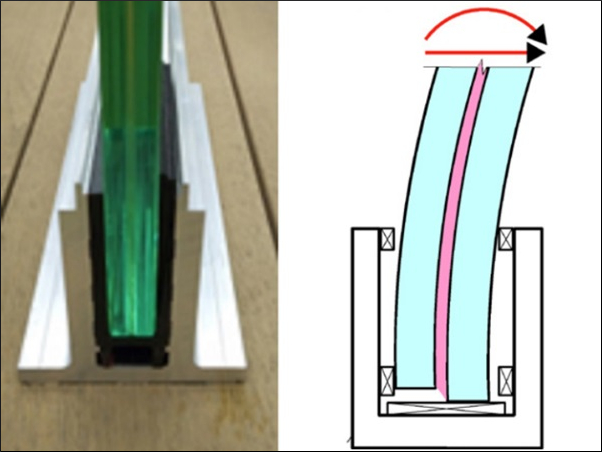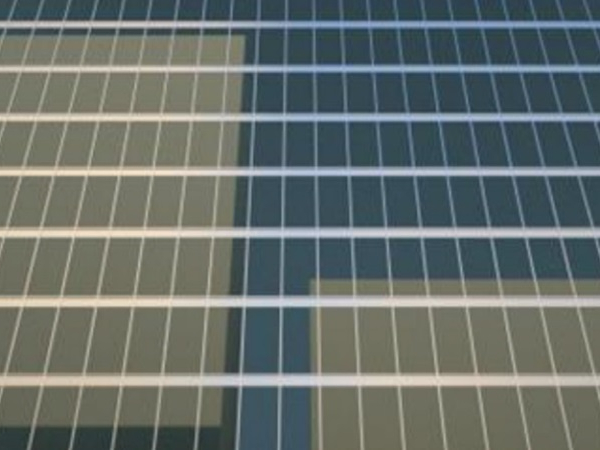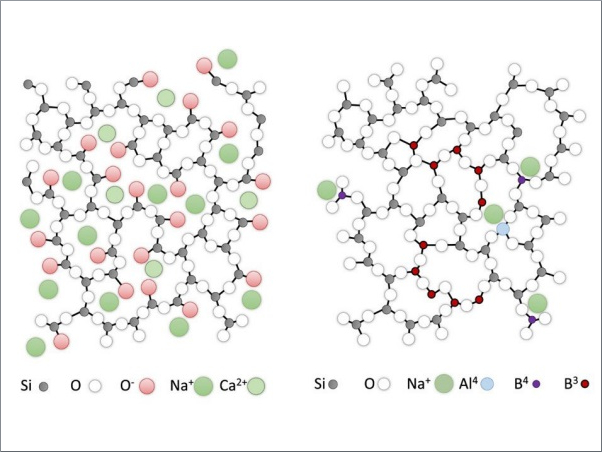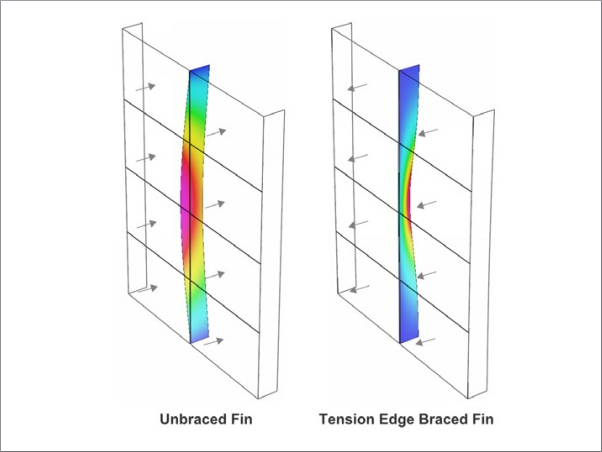This paper was first presented at GPD 2023.
Link to the full GPD 2023 conference book: https://www.gpd.fi/GPD2023_proceedings_book/
Author: G. Vasilchenko-Malishev, Malishev Engineers Ltd
1. Abstract
This paper describes design of the internal decorative load bearing cast glass cladding for the Crystal Gallery of the newly built residential development at Audley Square House development, Mayfair, London, designed by JPM.In this presentation we will talk about methods of production of cast glass, which varies in thickness from 20-90mm, design challenges with load bearing glass, glass testing samples testing, fire rating issues and installation and challenges associated with this construction.
2. Production process
Cast Glass is a process by which glass is heated until molten so that it flows and is formed by a mould and subsequently cooled in a controlled method to create the required solid object.
The cast glass industry is fundamentally divided to two very different scales and applications which has significant implications on the capacities and capabilities. Firstly, for glass sculpture and other artworks with very high creative input and almost limitless variety of forms, colours and textures. Consequently, manufacturers are relatively small in scale and potential size of output but highly technically and creatively proficient.
Secondly, for manufacture of products at larger quantity such as glasses, paperweights, glass bricks, perfume bottles and other instances where there are repeat runs required.
Again, these products are typically limited in size but produced at high volume and therefore do not vary from piece to piece.
The length of time it takes to produce the glass is dependent most fundamentally on the volume of glass as the material needs to cool in a controlled fashion so that the stresses are released from the molten glass to enable handling and potential post-production such as drilling or edge grinding and polishing. This is a process known as annealing.
There are different ways of casting glass depending on the complexity of the required object or the number of pieces being produced. Although there are other methods of production, this report limits itself to those described below as they are potentially the most relevant in consideration of the project.
Open Pour
The first is an open pour method where the glass is heated up to its melting temperature, ranging between 750˚-1500˚C depending on the glass type used, then poured and allowed to flow across the mould. See Fig 1 & Fig 2.
Placing cullet in a mould
Once the mould has been produced the volume of raw glass required is calculated and chips of glass, referred to as cullet, are placed into the mould. The ensemble is then heated in a furnace so that the glass melts and flows into the form and then cooled via the annealing process.
Although this process is used most often in the production of sculptures, it is likely less applicable to larger sheet projects and exterior works due to concerns of the difficulty of eliminating small bubbles becoming trapped and questions over the complete amalgamation and homogenisation of the glass chips rather than just fusing of the surfaces to each other.










Comments
The use of cast glass in buildings is a testament to the seamless integration of functionality and aesthetics. The durability and customizable nature of cast glass offer a perfect marriage of form and function, elevating the overall design and experience within modern architectural structures. bigassjunkremoval.com